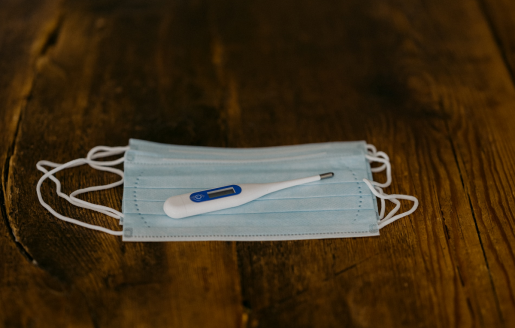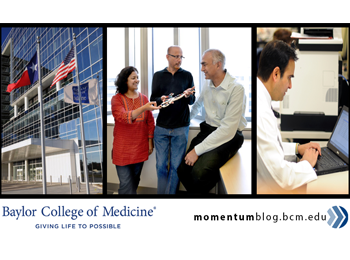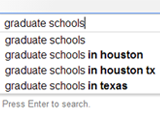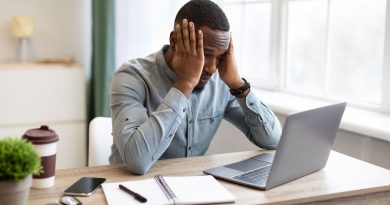What do doctors want you to know about the novel coronavirus?
As physicians and, more importantly, as human beings, it is difficult to witness the reactions to the current COVID-19 pandemic, ranging from confusion to utter panic. We hope to provide some practical information regarding the virus and what it means to you. We have compiled some answers to a few frequently asked questions, with the help of the Centers for Disease Control and Prevention.
What is COVID-19? Is it the same as other coronaviruses?
COVID-19 is the disease caused by the SARS-CoV-2 virus, a type of coronavirus. In a typical year, common coronaviruses cause the common cold. However, SARS-CoV2 is a new coronavirus that can cause more severe symptoms. COVID-19 symptoms range from asymptomatic and mild cold to respiratory failure, which can be fatal.
One can think of viruses like animals. A coronavirus would be like a bear. Some of the bears are gentle like pandas and may cause a cold or bronchitis, and some can be fierce like a grizzly bear. That’s COVID-19. Most of the time, grizzly bears don’t cause trouble; however, sometimes the grizzly bear can be quite aggressive.
Older adults (65 years and above), individuals with chronic medical diseases like lung disease, heart disease and diabetes, and those taking medications affecting their immune system are at higher risk for severe complications and death due to COVID-19.
Why are the cases rising so fast?
Coronavirus spreads through droplet transmission. When people cough, sneeze or talk they release particles into the air that contain the virus. If someone is in within six feet of an infected person they can become infected directly through spread of these particles in the air.
Additionally, if a surface or an object is contaminated with the virus and you touch the surface and then touch your eyes, nose or mouth, you could also become infected. Because of these modes of transmission, the virus can spread quickly between people. For every person who is sick with COVID-19, they could spread the virus to two or three other people.
COVID-19 is a new disease, so it took time to develop a test to identify the virus. At first, this test was only used in limited situations because there were not enough tests.
As more tests become available, healthcare providers will be able to test more people. With more testing, we will identify more people who are positive for the infection. It will appear that the cases of COVID-19 are increasing rapidly, but the number may actually reflect that we were unable to diagnose the disease before.
How severe is COVID-19?
There are many people who will get COVID and only have minor symptoms. However, older individuals and people with chronic diseases are at risk of getting very sick. We all have a parent, grandparent, coworker, or friend who is at risk of getting sick and dying. There is also more information suggesting some young adults are also becoming very ill with COVID-19.
To protect everyone in our community, it is critical that we all adhere to social distancing rules, which means staying at home. This only works when we all do it. If some people still go out and about, they will potentially spread the virus.
What do I do if I think I have COVID-19? How do I get tested?
If you have a fever, cough or shortness of breath, contact your doctor or local health department. They will determine if you need to be tested and direct you where to go for testing. If you have severe symptoms and need to go to an emergency room, call ahead so staff can prepare for your arrival.
The COVID-19 test involves a nose or throat swab. Most people who are diagnosed with COVID-19 will have a mild case and be able to recover in the comfort of their own home. At home, be sure to avoid contact with anyone else living with you.
So now what do I do?
While all of this is scary, there are some things that you can do to help protect yourself and our community:
- Limit in-person meetings and get-togethers. If you do need to meet a person, try to maintain a six-foot distance. Work from home if possible
- Proper hand hygiene with soap/water washing for at least 20 seconds or by hand sanitizer is essential
- Cleaning of common surfaces including cell phones and keys is essential to preventing the spread
- If you develop a fever over 100.4, nausea, diarrhea, or cough, call your doctor prior to going to the clinic
- Lastly, just because we are physically distant does not mean that we have to be socially distant. Stay in touch with family, friends and loved ones through technology like FaceTime, Skype, etc. Mental health is important and staying in touch and retaining our community is key during this tough time
See more COVID-19 healthcare resources.
Additional Resources
Social distancing: Tips to navigate the new normal
Working from home? Check out these tips
-By Dr. Padma Swamy, assistant professor of pediatrics, Dr. Yamini Natarajan, assistant professor of medicine-gastroenterology, and Dr. Jill Weatherhead, assistant professor of tropical medicine at Baylor College of Medicine




